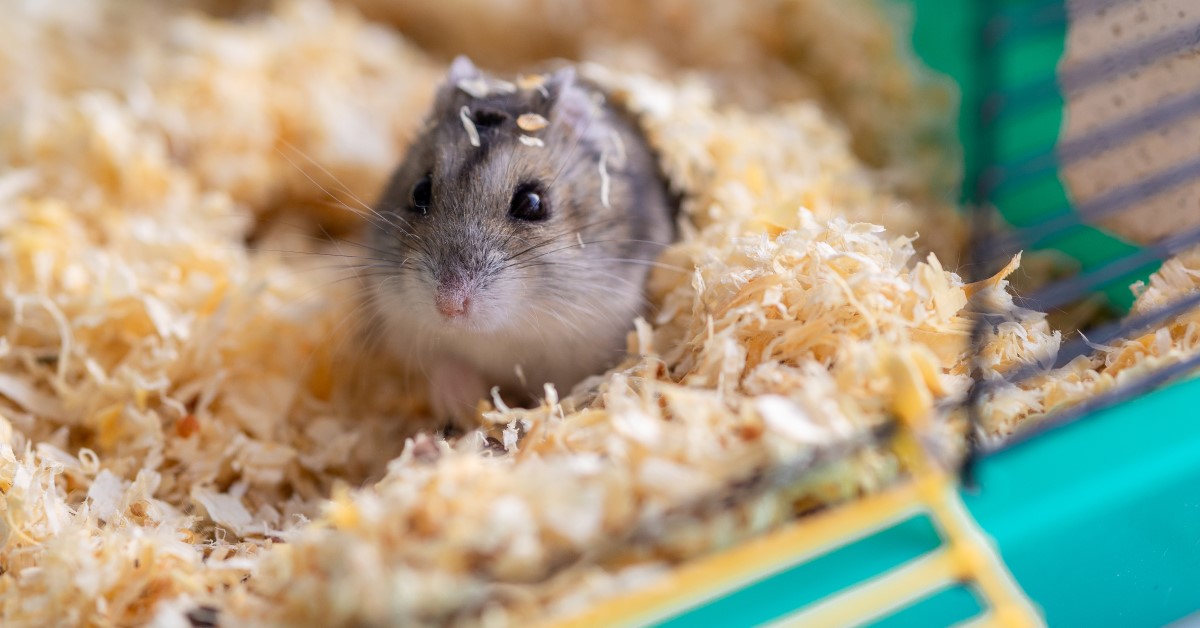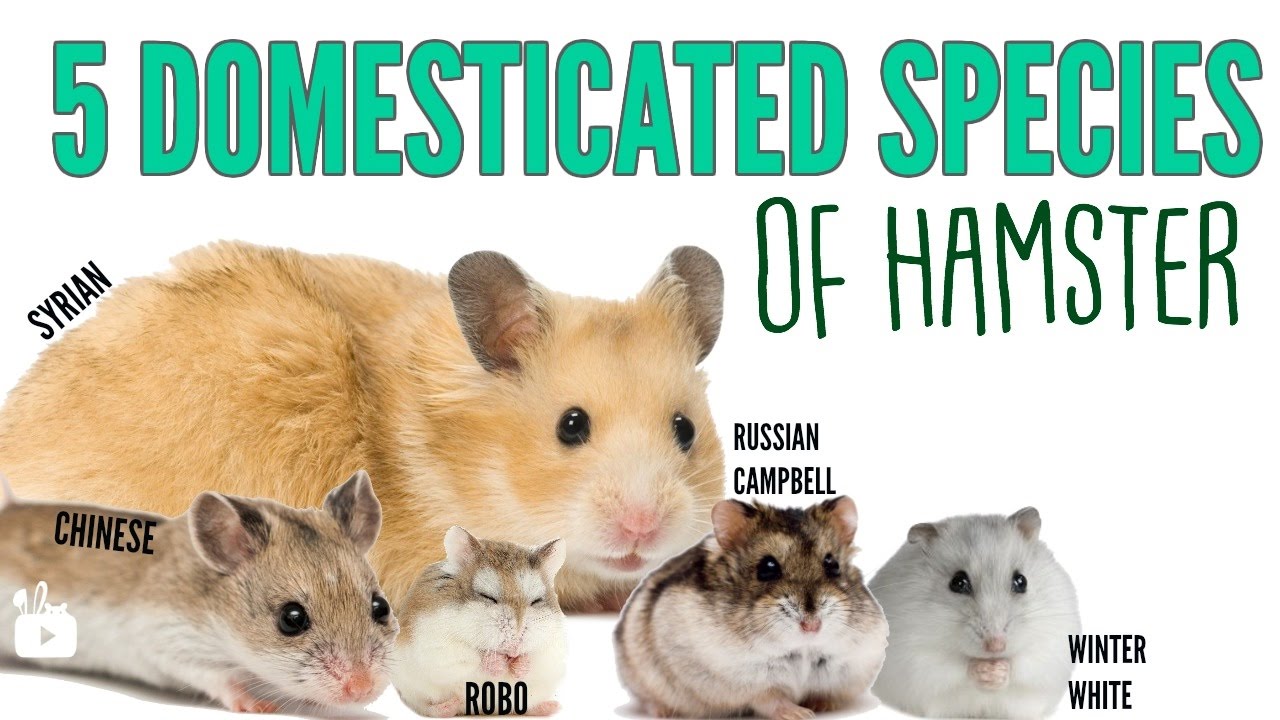Differences Between Hamster Breeds
Hamsters are popular small pets known for their adorable appearances and engaging personalities. With various breeds of hamsters available, each featuring unique characteristics, understanding the differences between these breeds is essential for potential hamster owners. This guide will explore the key differences among hamster breeds, their care requirements, and how to select the right breed for your lifestyle.
Types of Hamster Breeds
There are several recognized breeds of hamsters, each with distinct features and temperaments. The most common breeds include the Syrian hamster, the dwarf hamsters (including Campbell’s and Winter White), and the Chinese hamster. Knowing these types helps in selecting the ideal pet that fits your expectations for companionship and care.
Syrian Hamster: The Popular Choice
The **Syrian hamster** is by far the most popular breed among pet owners due to its friendly disposition and larger size. These hamsters can grow up to 7 inches long and come in a variety of colors and fur types, including long-haired varieties. Syrian hamsters are typically solitary and should be housed individually to prevent fighting. They are playful and curious, making them great pets for children and novice hamster owners.

Dwarf Hamsters: Compact Companions
Dwarf hamsters, which include **Campbell’s dwarf hamster** and **Winter White dwarf hamster**, are smaller, measuring about 4 inches in length. They can be housed in pairs or groups if introduced at a young age. Despite their size, dwarf hamsters exhibit bold personalities, making them entertaining pets. However, knowing the specific breed is essential, as some dwarf hamsters can be territorial or aggressive.
Chinese Hamster: The Unique Breeds
The **Chinese hamster** is another breed that stands out due to its distinct body shape and longer tail. They are known for their somewhat nocturnal lifestyle and can be quite skittish. However, with proper handling, they can become affectionate pets. They might be challenging for new owners due to their fast movements and tendency to bite when frightened.
Differences in Care Requirements
Each hamster breed comes with its own set of care requirements. Understanding these differences can help you prepare the appropriate environment and care your chosen breed will need.
Housing Needs
Housing is critical for all hamsters, but size and requirements vary by breed. Syrian hamsters require larger cages, ideally at least 24 inches long, with ample space for shelving and tunnels. Dwarf hamsters can adapt to smaller cages, though social breeds should have enough room for multiple hamsters to avoid stress. Proper bedding, hiding spots, and chew toys are essential for all breeds to ensure physical and mental stimulation.
Feeding Preferences
Feeding needs also fluctuate among hamster breeds. While pre-mixed hamster pellets can suffice, fresh veggies and occasional fruits enrich their diets. Syrians tend to consume more due to their larger size; conversely, dwarf hamsters should be monitored for overfeeding, as obesity is a risk.
Temperament and Behavior
The personality traits of hamsters can influence your choice of breed. Understanding their typical behaviors provides insight into what pet owners can expect and encourages positive interactions.
Socialization and Handling
Syrian hamsters, while generally tame, may require gentle handling from a young age to bond with humans. Dwarf hamsters can be friendly too, but ensure they are socialized correctly to avoid aggression, especially in early adulthood. Chinese hamsters might be shy, so providing a stress-free environment helps promote a trusting relationship with them.
Activity and Playfulness
All hamsters benefit from the opportunity to display their natural behaviors. Creating a play area and providing toys can keep them engaged and active. Syrian hamsters can play with larger toys, while smaller toys will suit dwarf and Chinese hamsters better. Remember: supervision during playtime is essential to keep them safe from potential hazards.
Choosing the Right Hamster Breed for You
When deciding which hamster breed to choose, it’s vital to assess your lifestyle and preferences. Consider how much time you can dedicate to your hamster and what environment you can provide. Different breeds thrive under distinct circumstances, so preferences in size, temperament, and socialization will lead to satisfactory ownership experiences.
Researching Breeds
Take the time to research different hamster breeds and their care requirements. Consulting pet stores, breeders, and online forums will provide comprehensive insights into individual breeds. Additionally, consider visiting a local shelter or rescue organization, as there may be hamsters in need of adoption.
<?<Hamster-Safe Space and Setting Up Your Home
Creating a hamster-friendly environment begins with selecting a proper cage that provides ample space and safe bedding. It’s essential to include various enrichment tools like tunnels, wheels, and chew toys to stimulate their minds. If you have children, educating them on proper hamster handling and understanding each breed’s specific needs can promote a gradual bonding experience for everyone.
Key Takeaways
- Understanding the various hamster breeds—Syrian, dwarf (Campbell’s and Winter White), and Chinese—is crucial for potential owners.
- Cage size and care requirements vary for each breed, impacting their suitability for different living situations.
- Temperament plays a significant role in behavior; some breeds require more socialization and gentleness than others.
- Feeding requirements should be tailored to the specific hamster breed size and metabolic needs.
- Getting to know the breed’s personality traits is essential to fostering a positive relationship with your new pet.
FAQ
1. What is the best hamster breed for beginners?
For beginners, Syrian hamsters are the best choice. They are larger, friendlier, and easier to handle, making them suitable for children and new owners. Their straightforward care requirements provide a great introduction to hamster ownership.
2. How can I socialize my hamster?
To socialize a hamster, begin by allowing them to get accustomed to your presence. Spend time near their cage, talking softly. Gradually introduce handling sessions, starting with short intervals and slowly increasing them as your hamster becomes more comfortable with you.
3. Are dwarf hamsters suitable for multiple hamster setups?
Yes, certain dwarf hamsters can thrive in pairs or small groups, especially if introduced at a young age. However, it’s essential to monitor them for signs of aggression, as some dwarf hamsters may be territorial.
4. What should I feed my hamster?
The staple of a hamster’s diet should be high-quality commercial hamster pellets. Supplement their diet with small amounts of fresh vegetables and occasional fruits, ensuring to introduce new foods gradually to prevent digestive issues.
5. How can I tell if my hamster is happy?
A happy hamster exhibits playful behavior, is active during their waking hours, and will often engage with their environment through climbing, digging, and exploring. Regular interaction with humans and toys can help gauge their contentment.
